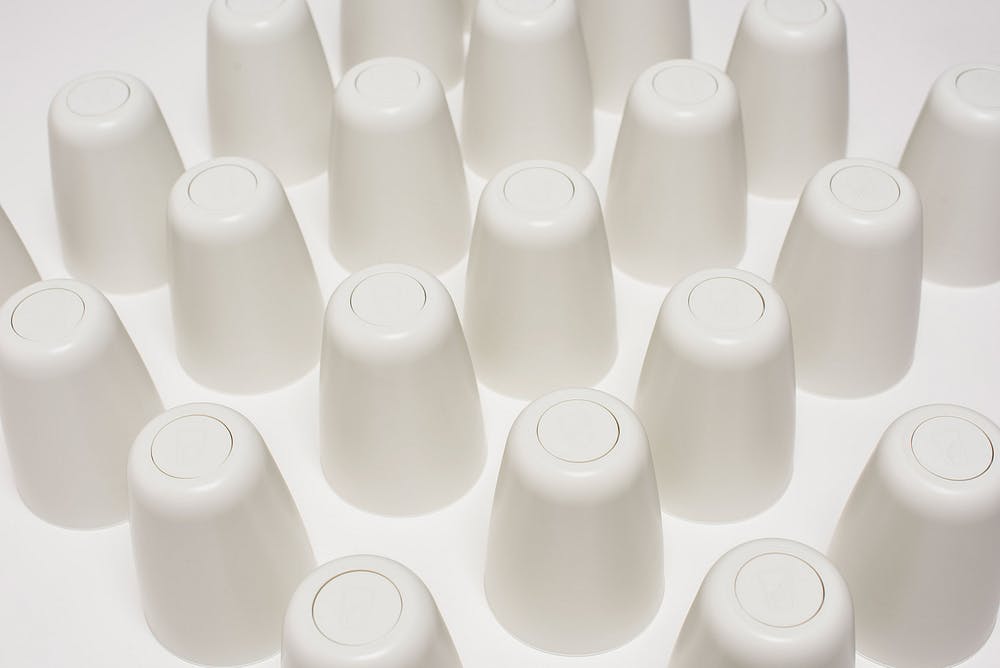CupClub Sustainability Report

21 August 2018
Read our 2024 Life Cycle Assessment here >>
According to the UK Parliament 5 billion coffee cups are used and thrown away each year in the UK - enough to stretch around the world roughly five and a half times, but less than 1 in 400 and that just 0.25% are recycled’. Around 500,000 cups are littered every day–an unsightly and damaging blight on our environment.
>>Read our full sustainability report<< which outlines a comparative analysis of the environmental impacts of CupClub against alternative disposable single use coffee cups and a reusable ceramic cup. We found that CupClub delivers half the Carbon Footprint of disposable cups and can be used over 132 times. We also track our cup usage so we can remove and recycle cups when they reach the end of their lifespan.
Some of our top conclusions from the report:
- All the environmental impacts of CupClub’s 12oz cup and lid over 132 uses including washing, drying and recycling were lower than using 132 PE lined 12oz paper cups and PS lids at 1% recycling rate;
- The carbon footprint of the paper cups was over 87% higher, and up to 10 further factors were more than double that of CupClub;
- However, at 1% recycling rate the disposable paper cups would have a lower impact than CupClub if the CupClub cups and lids were not used more than 72 times;
- The paper cups with the exception of the PLA lined composted cup and lid, could also have a comparable carbon footprint at 132 uses if the recycling rate for them was at least 80%;
- At 80% recycling rate CupClub’s carbon footprint at 94 uses was lower than the composted PLA lined cup and PLA lid;
- CupClub needs to be used at least 100 times to have a lower impact than the EPS 12oz cup and lid. Eight of the 18 impact for EPS were lower than CupClub at 132 uses;
- At 132 uses all the environmental impacts bar the water use was lower for CupClub than a ceramic cup. After 800 uses the ceramic cup would have a comparable impact to CupClub;
- Sourcing the CupClub cups and lids from China will increase all the environmental impacts by up to 3.3%;
- Increasing the distance, the cups and lids are transported for washing and drying by tenfold would only increase the overall impact by up to 2%; and
- Decreasing the energy use by 10% for the washing and drying of the cup and lids would decrease the majority of the impacts by at least 8%.


